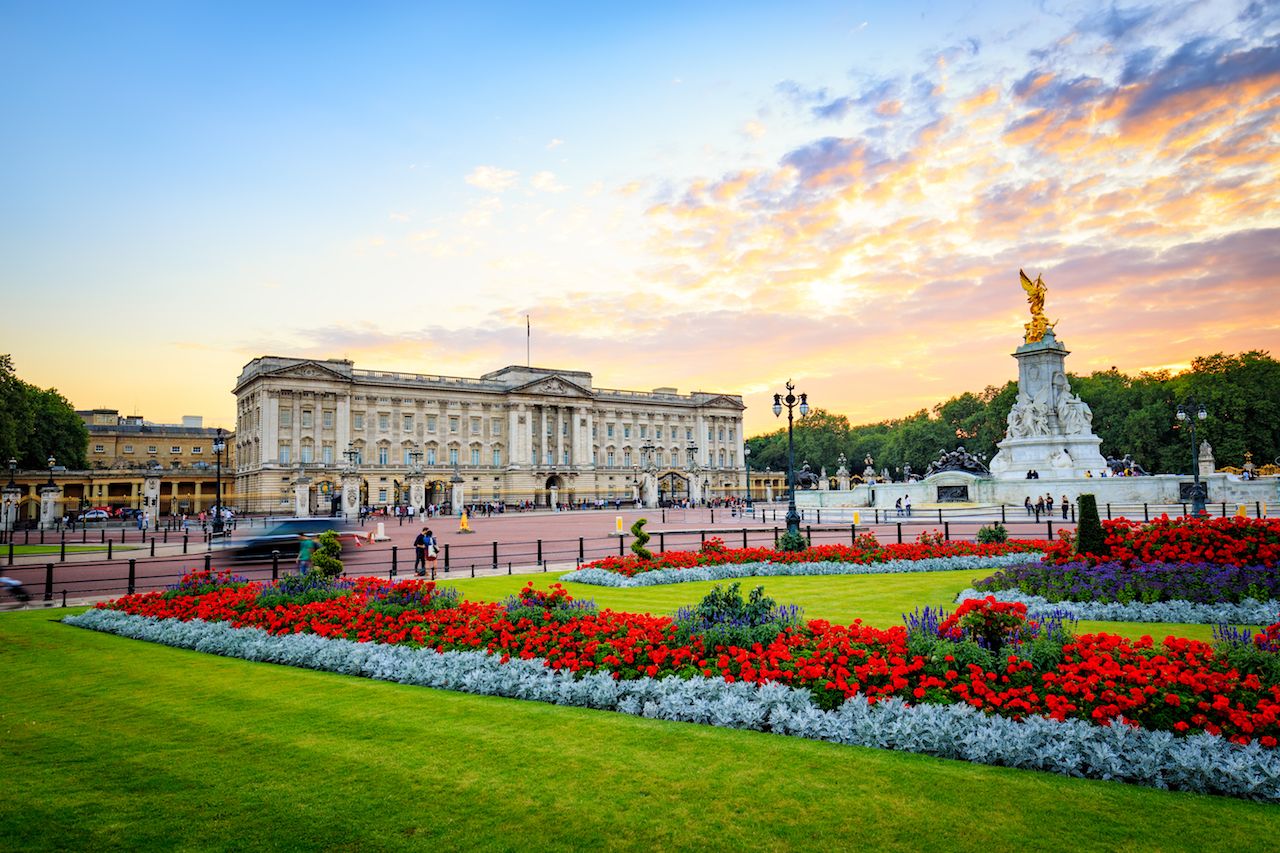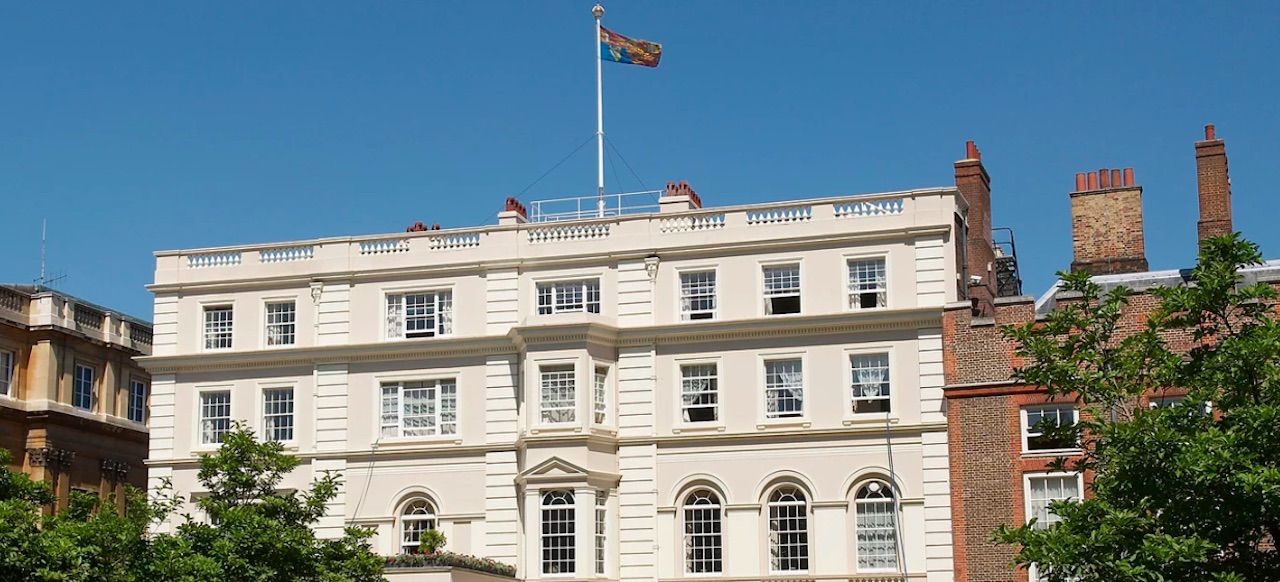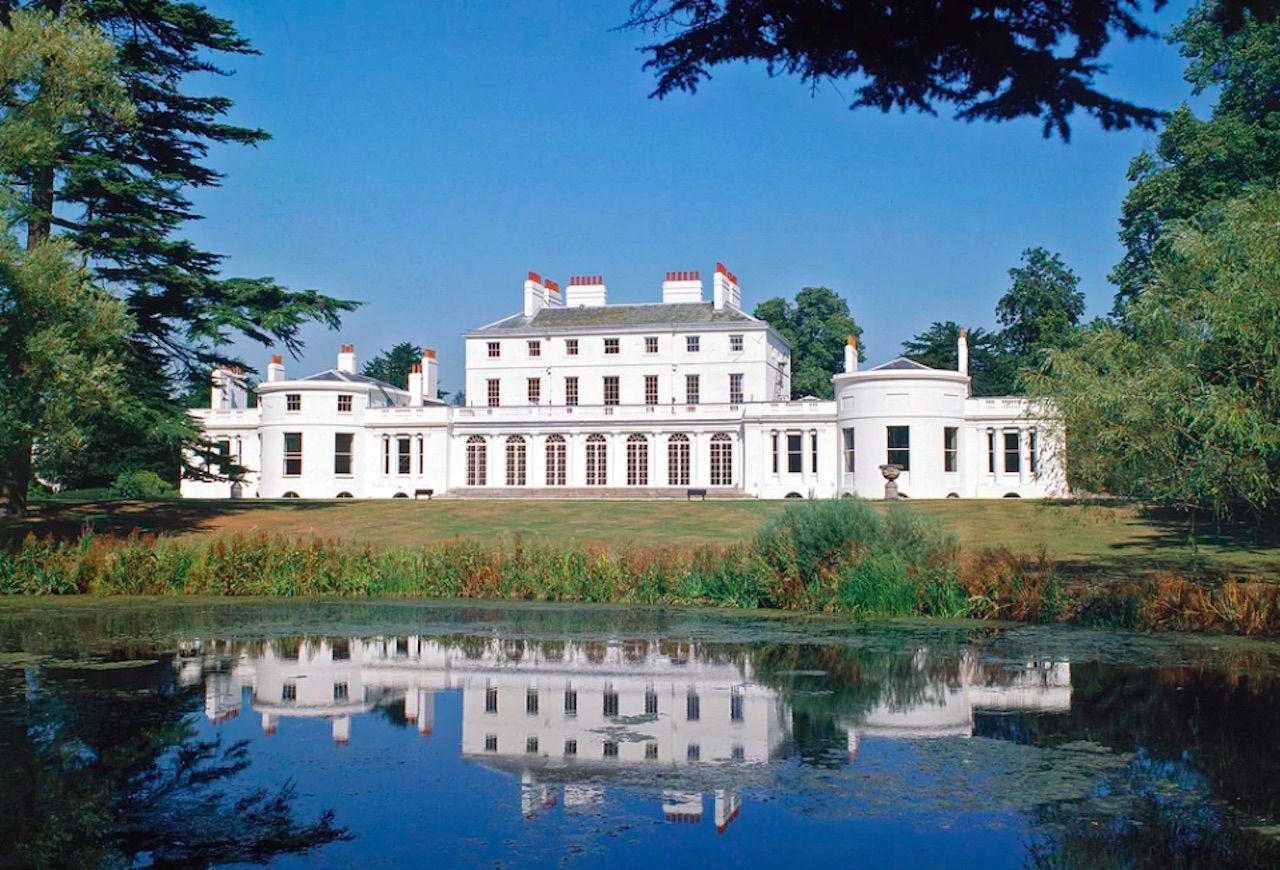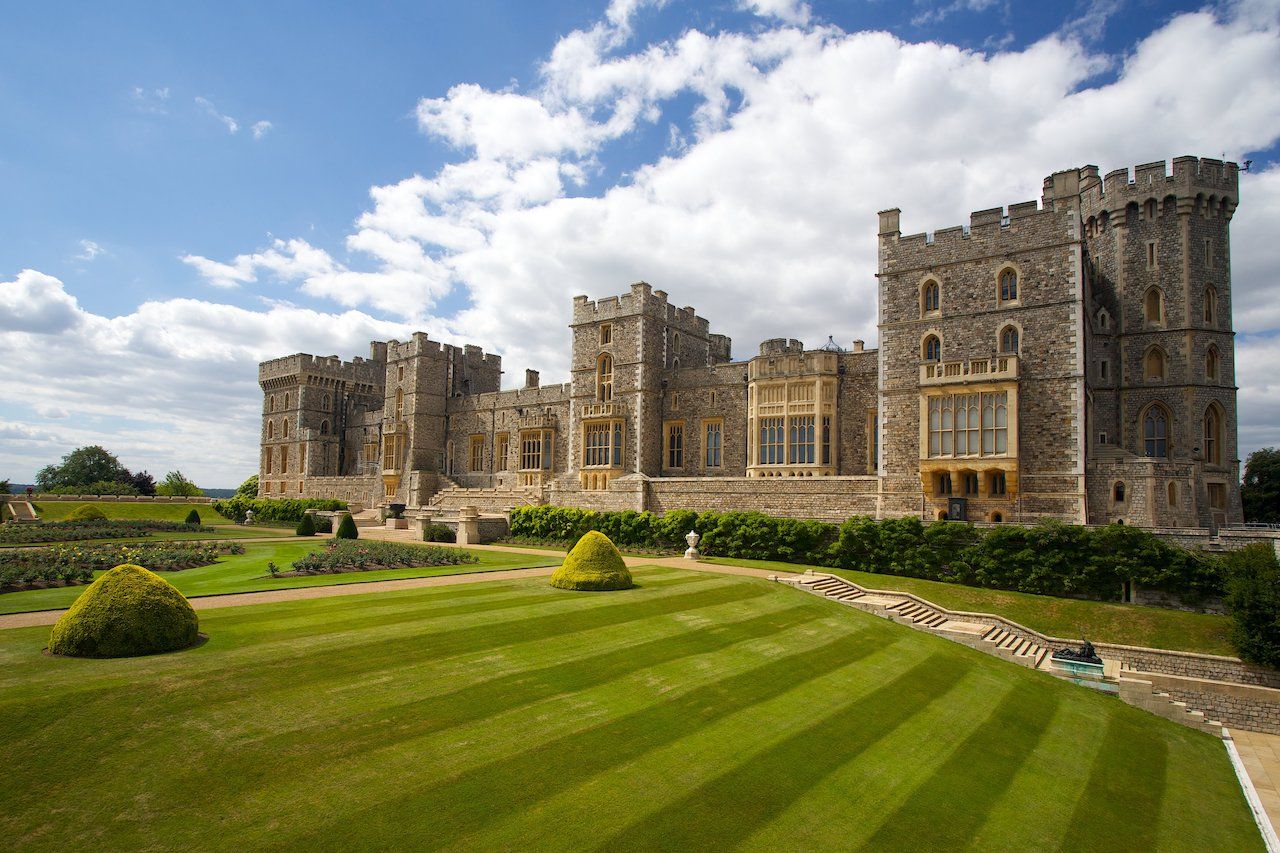There’s a lot to keep track of in the British royal family. Within the last few years, they’ve had their fair share of scandals and happy events; there have been several grand weddings, a few new family additions, and some record-breaking — Queen Elizabeth II became the longest reigning monarch in 2015. The royal family is a large one, and its members are all spread out over different royal residences within the UK — many of which can be seen in films and television, like Netflix’s The Crown.
Whether you are obsessed or indifferent about the House of Windsor’s tribulations, the residences are worthy sights in their own right. From the original main residence in London to an official one up in Scotland, here are some royal residences worth tacking onto your British itinerary.







